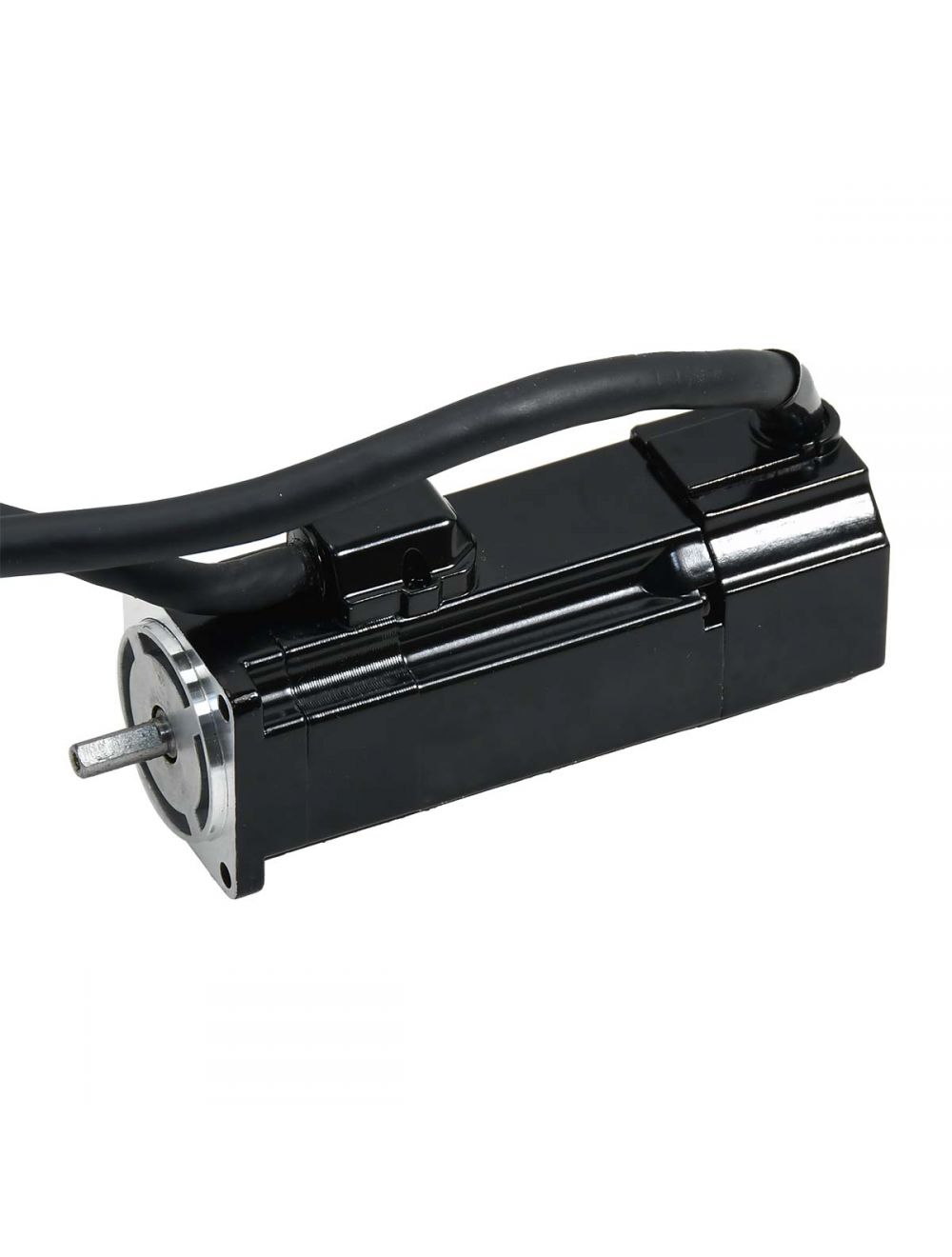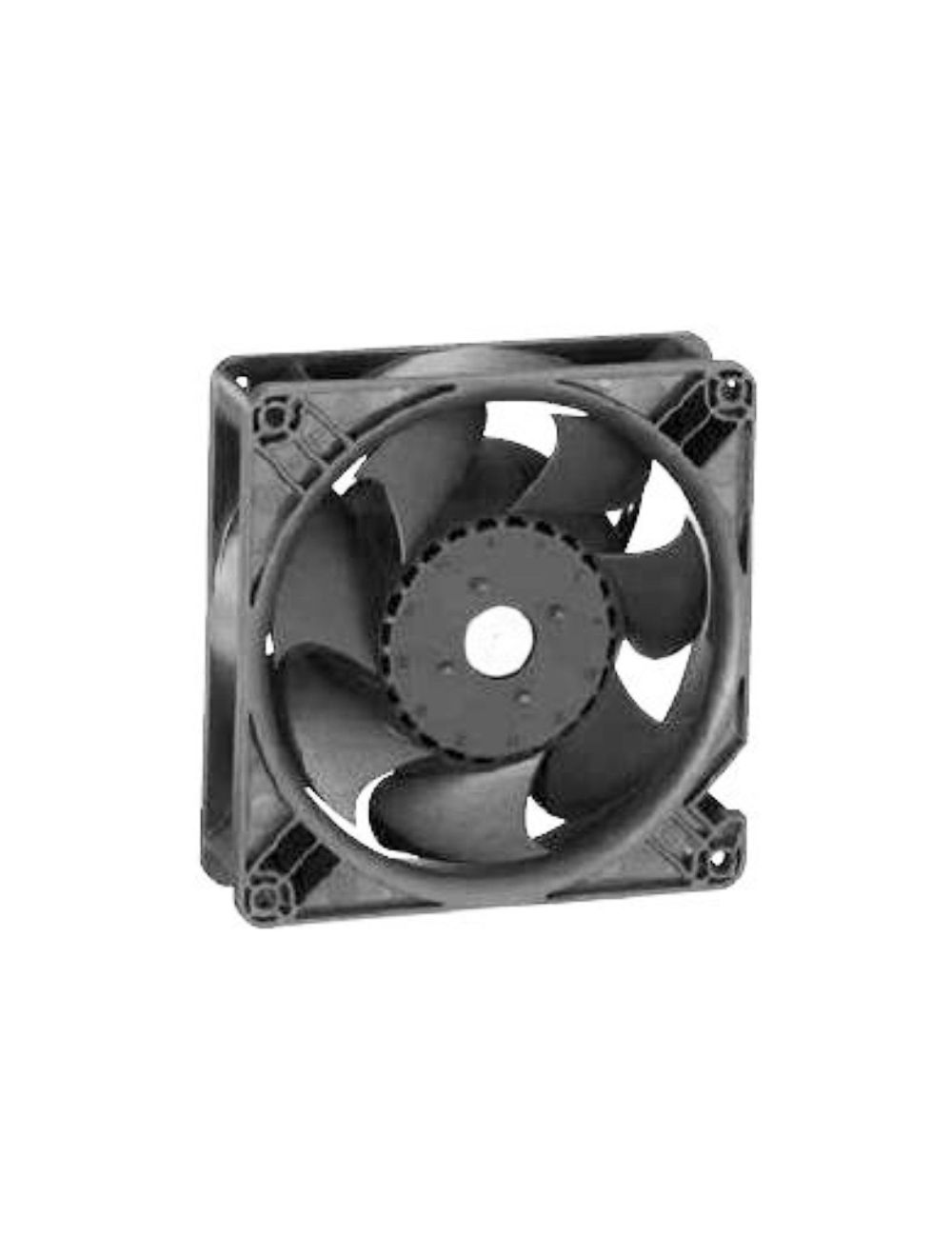Analysis of Frequency Conversion Technology in the Application of Air Compressor System
1. Operation principle and analysis of air compressor
As far as okmarts.com is concerned, the main equipment currently being renovated is basically a traditional screw air compressor. The air compressor is a load with a large moment of inertia. Its structure is that a pair of male and female rotors in parallel meshing rotates in the cylinder, so that the space between the rotor teeth and grooves continuously produces periodic volume changes, and the air follows the axis of the rotor. From the suction side to the output side, the whole process of suction, compression and exhaust of the screw air compressor is realized. There are two models that mainly drive the female and male rotors of the air compressor: one is driven by the diesel engine through the coupling through gear coupling, and the other is the electric motor directly driven by the gear coupling. Because the working state of the diesel engine is affected by the speed and output power curve of the diesel engine, it is difficult to realize energy saving. Here we focus on the analysis of the electric air compressor, and the energy saving of the diesel engine will be discussed later.
2. Operation analysis of general electric air compressor
1. The power of the air compressor
The power of the air compressor comes from the AC asynchronous motor, and the energy of the motor comes from the electric energy. Then we must understand the relationship between the electric motor and the electric energy from the principle of rotation. The speed formula is: n= 60f (1-s)/p
Among them: n is the motor speed;
f is the power supply frequency;
P is the number of pole pairs of the motor;
s is the slip rate.
Under the condition of power frequency, the motor usually starts from static state via the star-delta start switch, and can reach the working state of rated speed after ten seconds. During this start-up process, the motor, starter switch and wires have to withstand nearly seven times the rated current of the motor. Take the P100 air compressor as an example: its motor power is 75KW, three-phase 380V, rated current is about 150A, four poles (pole pair number is 2), slip rate is about 2%, according to the above formula:
Asynchronous speed=60×50Hz (1-2%)/2=1470r/min
It takes about 10 seconds from the speed of 0r/min to the rated speed of 1470r/min, and the starting current is seven times the rated current (that is, 150×7= 1050A ) and gradually drops to 80A (that is, when the intake valve is closed, the load rate About 55%). At this time, it seems that the current has decreased on the surface. At this time, there is a phenomenon: large horse-drawn carts, that is, reactive power is increasing, electricity consumption = active + reactive power, that is, no Power saving. On the other hand, considering that the air compressor often runs for a long time at full load, therefore, the margin when designing the motor driving power is generally too large, and its energy consumption cannot be ignored.
2. Problems existing in the way of air compressor loading and unloading:
The loading and unloading control mode is the intake switch control mode, that is, the intake valve is closed when the upper pressure limit is reached, and the compressor enters light load. When the pressure reaches the lower limit, the intake valve opens and the compressor enters full load operation. From this point of view, in the normal working state of the air compressor, the speed of the motor will not change with pressure changes, that is to say, the motor is running at the rated high speed, and the load is light or heavy. It depends on the opening and closing of the intake valve.
(1) Energy consumption analysis of electric motors
The loading and unloading control mode makes the pressure of the compressed gas change back and forth between the upper limit and the lower limit. The lower limit is the lowest pressure value, which is the lowest pressure that guarantees the user's working state. In general, the relationship between Pmax and Pmin can be expressed by the following formula:
Pmax=(1+δ)Pmin
δ is a percentage, and its value is roughly between 15% and 30%.
In the air compressor under the control mode of loading and unloading, the energy wasted is mainly in two parts:
a. Power consumption during loading
When the pressure drops to the minimum value, due to the control method, the pressure will continue to rise until the maximum pressure value. During the pressurization process, a lot of heat must be released to the outside world, which will lead to power loss. On the other hand, before the gas at the upper pressure limit enters the (user) pneumatic components, its pressure needs to be reduced by a pressure reducing valve. This process is also an energy-consuming process.
b. Power consumption during unloading
When the pressure rises to the maximum value, the air compressor is unloaded by reducing the pressure: the air intake valve is closed to make the motor in a light-load state, and the excess compressed air in the separation barrel is vented through the vent valve. This adjustment method will cause a lot of energy waste. It is estimated that under conditions where the unloading time does not account for a large proportion, the energy consumption of the air compressor during unloading accounts for about 10% to 25% of the air compressor's full load operation. In other words, the air compressor is idle 20% of the time and is doing useless work. Based on this working principle, it is not difficult to see that there is more room for energy saving.
(2) The loss of equipment
Relying on the cylinder to control the butterfly valve to adjust the intake air volume, so that the air supply pressure cannot be stabilized. As the gas consumption changes continuously, the gas supply pressure fluctuates accordingly. Therefore, components with high gas precision cannot meet the requirements of the production process. It will also accelerate the wear of the cylinder, intake valve and exhaust valve, increase the amount of maintenance and maintenance costs, and the safety of the equipment cannot be guaranteed.
To sum up, in this working process of the air compressor, in addition to energy consumption, the following major problems will occur:
1. Due to the large amount of electric energy required to start the motor, at this time, the requirements for power supply conditions are too high. When the grid voltage is unstable or insufficient, the starting current will increase sharply, causing the unit to fail to start normally or can only give up working, and cause Undue economic loss;
2. The reactive power loss caused by the inductive load intensifies the temperature rise of the motor, and the harmonic interference will have an adverse effect on the stable operation of the power grid;
3. Under the action of strong current, the wire will overheat due to overcurrent, which will accelerate its aging;
4. The high temperature of the arc generated by the switch under the action of a strong current has a strong ablation effect on the switch contacts, causing it to melt and lose the continuous performance of the switch, and severely cause the switch to stick and short-circuit and cause an accident;
5. Under the action of a strong current, the impact force generated by the motor causes aggravated wear on the bearing, and a large amount of heat is generated by the instantaneous overcurrent of the stator winding, thereby reducing the power and performance of the motor, and causing it to burn out in severe cases;
6. Since the strong impact force generated during startup will aggravate the air compressor coupling gear and other mechanical wear, the damage caused cannot be underestimated.
In summary, the above six major issues directly affect the performance of the unit and shorten the service life of the unit.
3. Energy saving analysis of air compressor system
As mentioned earlier, the most basic conditions for air compressors in system gas supply are the flow and pressure of the gas. In order to meet the gas supply requirements of users during the work of traditional air compressors, the opening and closing of the intake valve is often adjusted. To reach a certain pressure of gas flow, the intake valve is controlled by a differential pressure relay, and the differential pressure relay works between the upper and lower limits of the gas pressure, and there is a pressure difference of several kilograms between the upper and lower limits. Therefore, pressure changes are large and frequent. In the supply of gas with constantly changing pressure, the motor always runs at the highest rated asynchronous speed. While the output power of the motor cannot be adjusted, the motor will not reduce the corresponding energy consumption as the load becomes smaller. The change is not obvious, so there is basically no energy saving effect.
The frequency converter has changed the working principle of the traditional air compressor. It adopts the functions of soft start, elimination of harmonic interference, reactive power compensation and smooth frequency conversion speed regulation to smoothly adjust the flow pressure. Change the speed of the motor to replace the air supply mode adjusted by the valve to match the flow, pressure and power. At the same time, it reduces the damage to equipment caused by wear and impact during startup. The inverter not only saves energy and is effective, but also overcomes the above six major problems caused by traditional air compressors. Of course, energy saving of the frequency converter is conditional. The operating load rate of the unit must be below the rated gas flow, and the greater the change in gas consumption, the more obvious the energy saving.
Fourth, the working principle of energy saving of the air compressor system
Using a frequency converter to control the speed of the air compressor to achieve energy saving is a more scientific energy-saving control method. According to the frequency conversion operation characteristics of the air compressor, after scientific demonstration, it is now known:
Q1/Q2=n1/n2
H1/H2=(n1/n2)2
P1/P2=(n1/n2) 3
In the formula: Q is the air compressor supply flow;
H is the pressure of the pipe network;
P is the power consumption of the motor;
n is the air compressor speed.
It can be seen from the above formula that when the motor speed drops to 80% of the rated speed, the air compressor supply pipe network flow drops to 80%, the pipe network pressure drops to (80%) square, and the motor power consumption drops to 80% Cubic, the energy saving is 51.2%. After deducting the mechanical loss of the motor and the copper loss and iron loss of the motor, the energy saving efficiency is about 40%. Therefore, speed regulation is where energy saving lies.
Five, air compressor frequency conversion transformation and application, selection plan
1. Since the air compressor is a load with a large moment of inertia, it is easy to cause the inverter to have an overcurrent protection action when it is started. Therefore, a speed sensorless vector inverter should be used. It can ensure the continuity of the unit and the equipment. Stable and reliable operation;
2. The air compressor is not allowed to operate at low frequency for a long time. Because the speed is too low, its working stability is poor, and the lubrication of the compressor's cylinder body becomes worse, which will increase the mechanical wear. Generally, it is better not to be less than 20Hz;
3. In factories and mines of fixed machines, frequency converters with AC reactor output should be used to reduce electromagnetic interference introduced by high-order harmonics;
From the above analysis, the application of frequency conversion energy-saving technology in the field of air compressors is worthy of in-depth study and discussion. It can be an important topic for our company in the future. It can be said that okmarts.com has a long way to go in this regard. Judging from the current energy trends, the prospects for frequency conversion energy-saving technology projects are quite broad.
Analysis of Frequency Conversion Technology in the Application of Air Compressor System
Recent related posts
09/16/2020
Analysis of Frequency Conversion Technology in the Application of Air Compressor System
1. Operation principle and analysis of air compressor As far as okmarts.com is concerned, the main equipment currently being renovated is basically a traditional screw air compressor. The air compressor is a load with a large moment of inertia.
09/16/2020
American Cook Compression--Professional supply of seals and valves for reciprocating piston compressors
The company has a long history of 120 years, specializing in the production of pressure reducing rings, packing rings, oil scrapers, piston rings, support rings, valves and other sealing products in reciprocating compressors.
09/16/2020
Air compressor sharing air storage method
When multiple pneumatic tools are used at the same time, multiple air compressors need to be used for combined air supply. In order to reduce the pulsation of the air supply pressure and prevent the air pressure from falling instantaneously when multiple pneumatic tools are started at the same time on the working surface
12/05/2020
Selection of compressed air dew point meter
Air compressor dew point meter-suitable for compressed air and compressor post-processing drying equipment dew point meter, Michell products include a variety of online dew point meter and portable dew point meter, as well as dew point meter analysis system, fast response speed and good reliability.
09/05/2020
Development of all low-voltage small air separation equipment
In the 1990s, with the deepening of reforms and technological progress, large-scale air separation and liquefaction equipment provided the ability and means to transport liquid products. Tank trucks for liquid oxygen, liquid nitrogen and liquid argon were sold all over the country.
09/05/2020
Common sense of micro vacuum pump
The so-called vacuum refers to a gas state with a pressure lower than 101325Pa in a given space. In the vacuum state, the lean degree of gas is usually expressed by the pressure value of the gas. Obviously, the smaller the pressure value, the thinner the gas. There are various vacuum pumps in the industry. There are prescribed test methods for the performance of various pumps. The main parameters are:
09/15/2020
The working principle of air compressor
The air compressor is the main body of the air source device. It is a device that converts the mechanical energy of the prime mover (usually an electric motor) into gas pressure energy, and is a pressure generating device for compressed air.
09/15/2020
The technical status and development trend of air compressor
I. Introduction Compressor is a machine used to increase gas pressure and transport gas, and belongs to a working machine that converts the power energy of the prime mover into gas pressure energy. It has a wide range of types and uses, and is known as "general machinery".
09/15/2020
The difference between micro vacuum pump and gas sampling pump
Usually we call small-volume pumps that can generate negative pressure as micro-vacuum pumps, but we must strictly distinguish them when selecting products.
09/15/2020
Technical characteristics of silent oil-free air compressor for laboratory
The silent oil-free air compressor used in the laboratory is specially matched with the precision instruments of the laboratory, which can provide pure air source and stable pressure. main feature
Customers frequently viewed
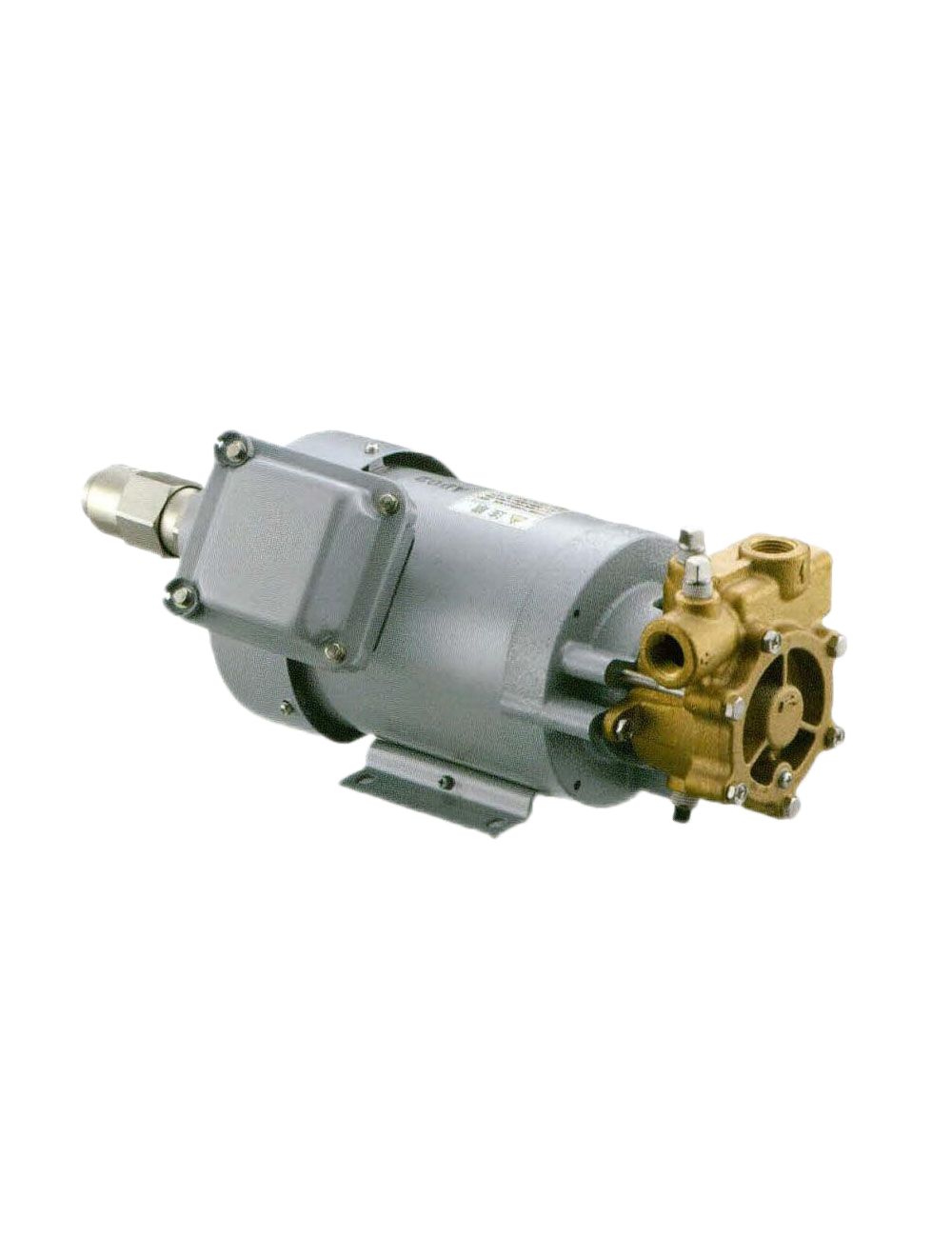
IWAYA DENKI Water Pump 25CJT0752

Panasonic Servo Motor MHMF022L1V2M
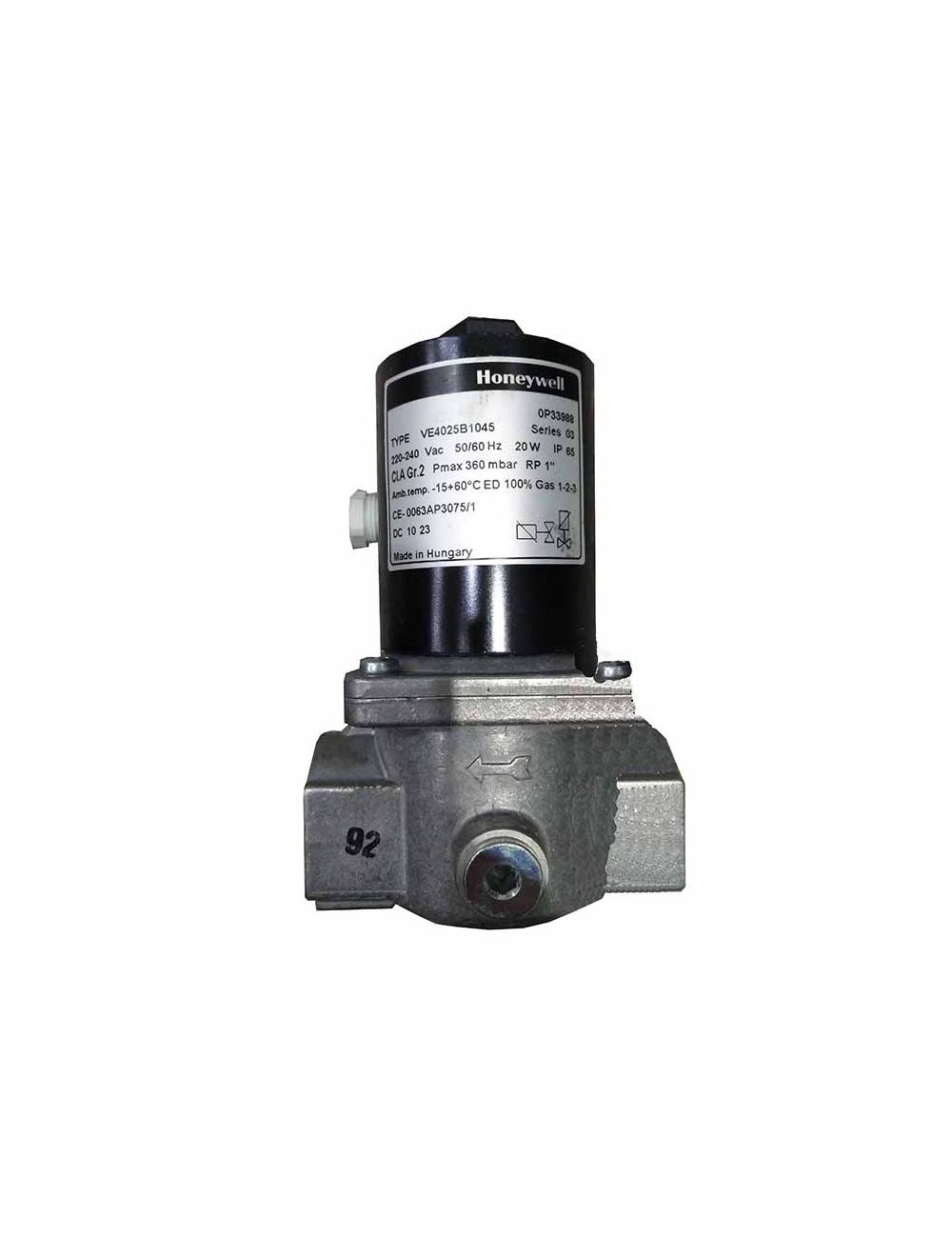
Honeywell Solenoid Valve VE4025B1045
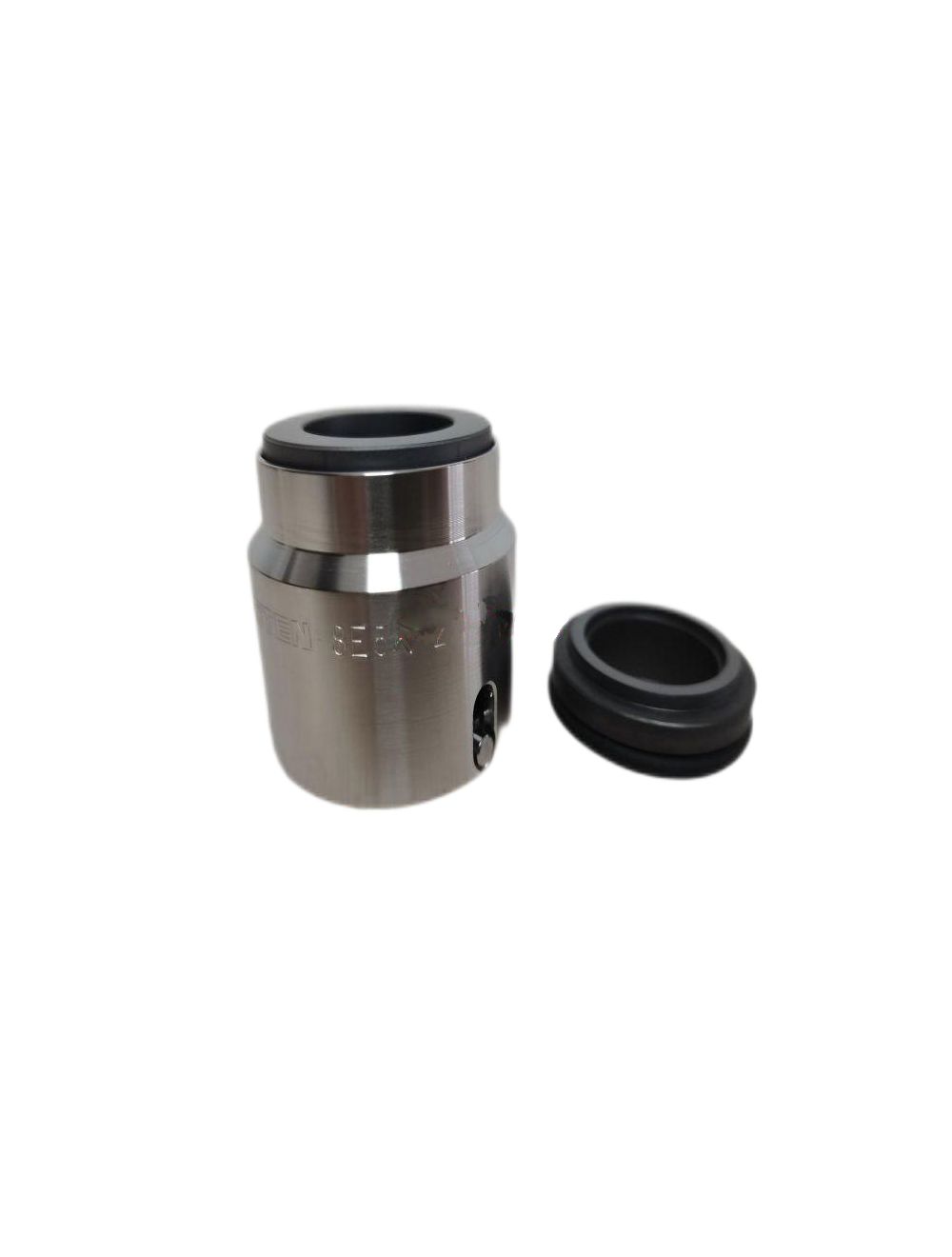
ROTEN Mechanical Seal 8E5K-22-X

Festo Solenoid Valve VMPA1-M1H-B-PI

AirTac Solenoid Valve 4A230P-08

HYDAC Filter 0330R010BN4HC

Daikin Air Conditioner RNDQF05BAY
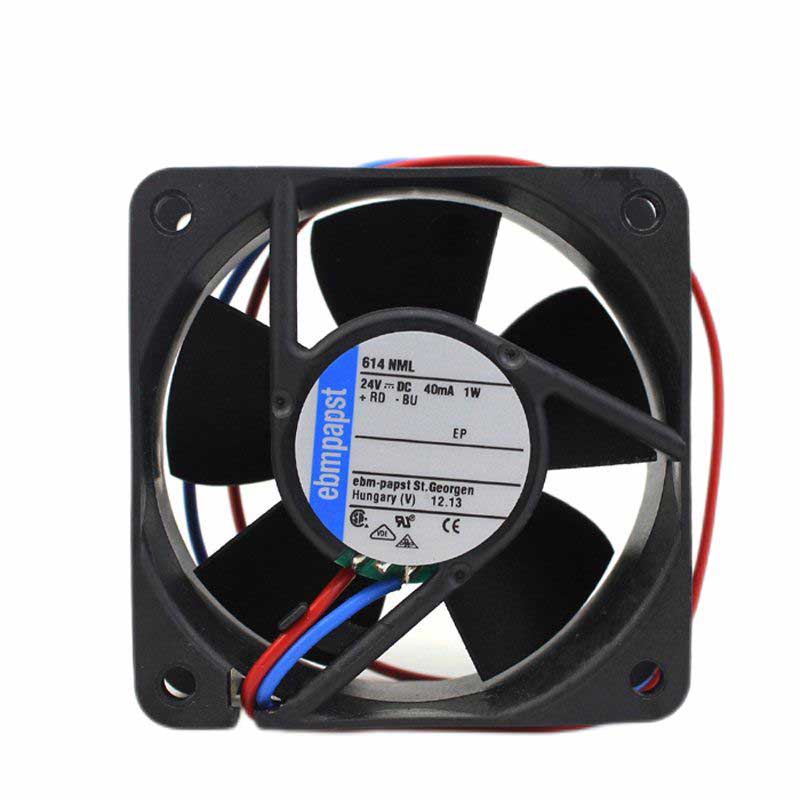
Ebmpapst Fan 614NML
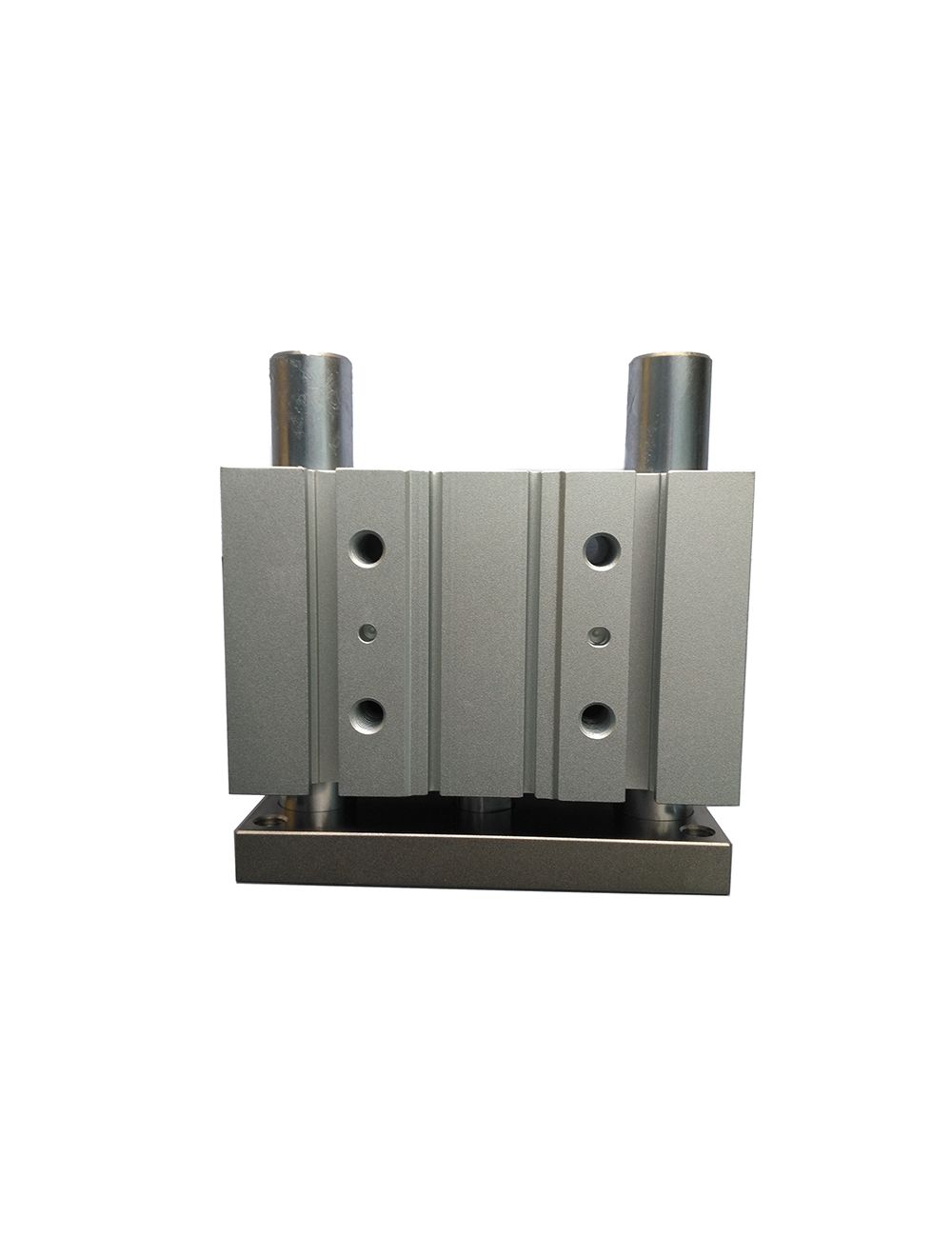
MINDMAN Air Cylinder MCGS-23-63-25

COMAIR ROTRON Fan N676011
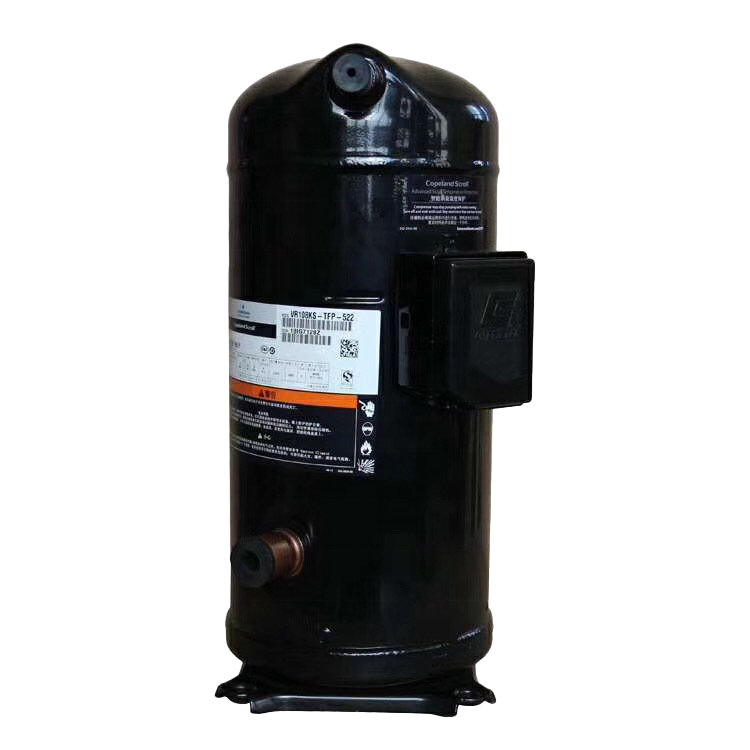
Copeland Compressor VR108KSE-TFP-522
